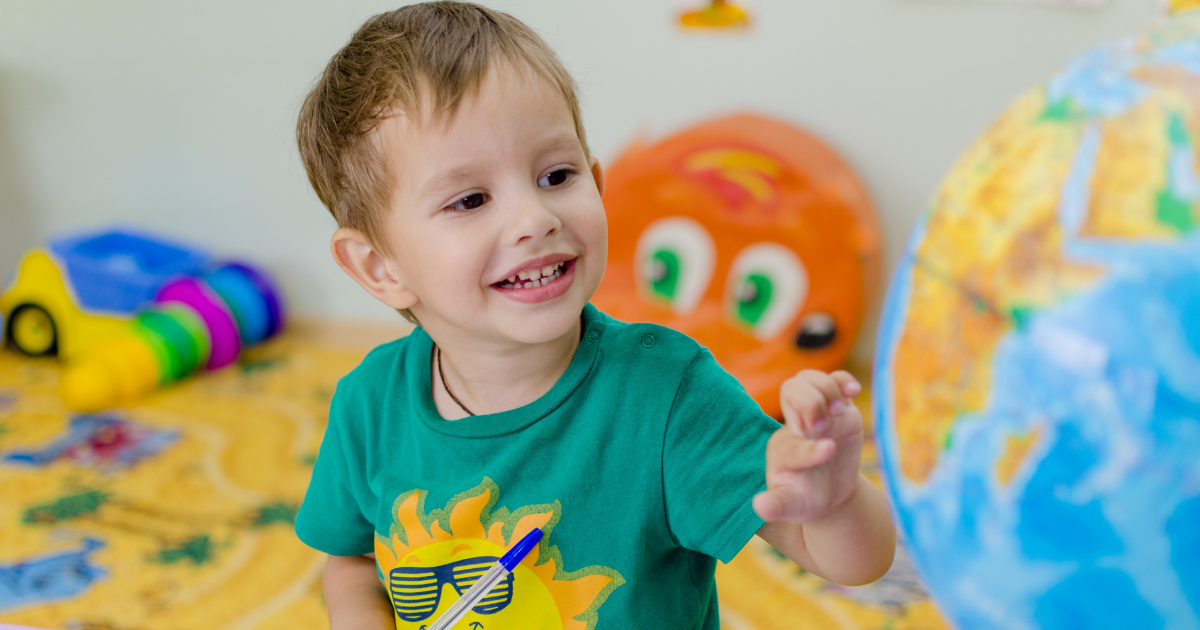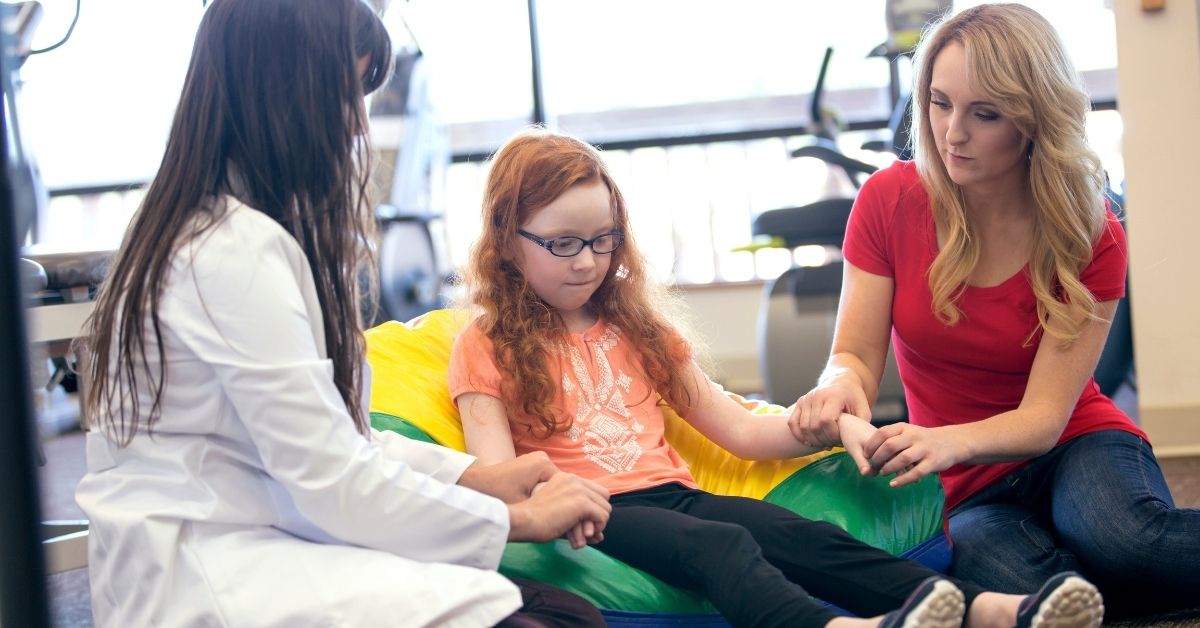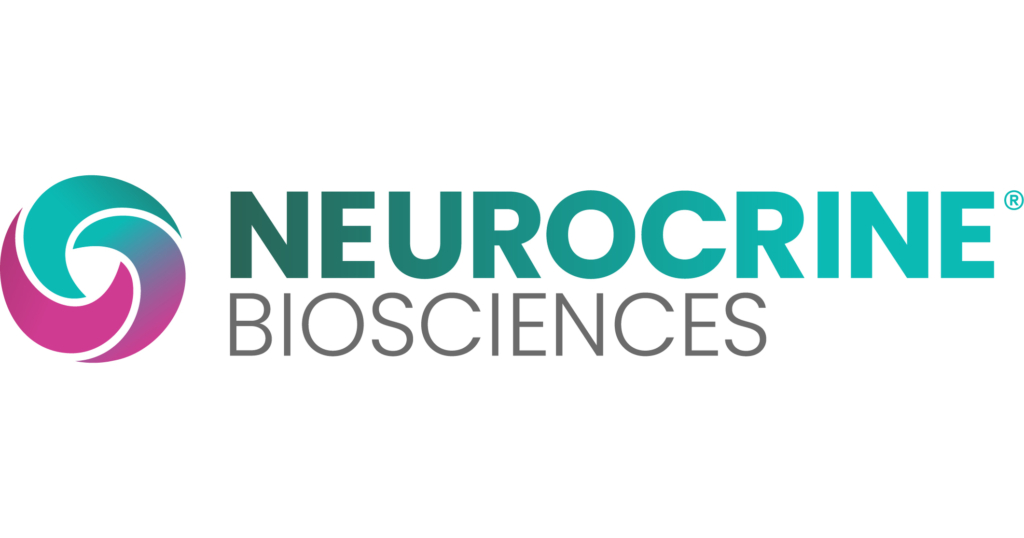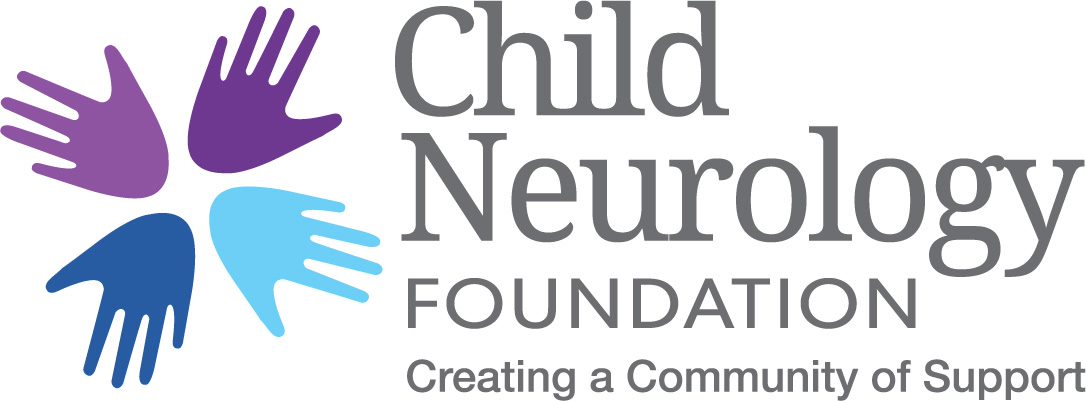
Authors: Alexis Dallara-Marsh, MD, Neurology Group of Bergen County, Ridgewood, NJ
Regina M. Troxell, MD, Rady Children’s Hospital, San Diego, CA/ Cortica, San Diego, CA
Reviewed: January 2022
SUMMARY
Autism spectrum disorder (ASD) is a brain and developmental disorder. On average, 1 in 54 children living in the United States will be diagnosed with ASD.
Children with ASD show:
- Trouble with social interactions
- Atypical interests and patterns of behavior
Some children with ASD may stop talking or lose developmental skills they already had. This can take place between the ages of 18 and 24 months old.
The term “autism” was changed to autism spectrum disorder in 2013 by the American Psychiatric Association. The change is an effort to ensure that patients with symptoms are able to identify with the disorder. This can help them get the treatment or support services they need. ASD is now an umbrella term that covers what was once known as:
- Autistic disorder
- Pervasive developmental disorder–not otherwise specified (PDD–NOS)
- Asperger syndrome
JUMP TO
Disorder Overview
DESCRIPTION
Children with ASD have different communication skills, behaviors, interests, and sensitivity levels than children without ASD. They may:
- Have delayed developmental skills, such as talking later
- Have differences in social communication and social interactions, and prefer to play by themselves
- Have restricted and repetitive behaviors, interests, and activities
- Be extra sensitive to certain sounds, textures, or environments
- Have difficulty with balance and fine motor coordination
These differences are thought to be linked to differences in the brain and nervous system. However, the exact way that ASD works remains mostly unknown.


CAUSES
The cause of ASD is likely multifactorial. In other words, several factors probably contribute to ASD. These can include a combination of genetic and environmental factors.
Genetic Factors Related to ASD
Genetics can contribute to ASD. However, there is no single gene that causes ASD. So far, there are over 84 known possible genes that can contribute to ASD. Researchers are still looking for more genes that might be involved.
Not everyone who has a diagnosis of ASD will have a known genetic difference. However, a family history of ASD is a known risk factor for developing ASD. More ASD characteristics are seen among close family members, like siblings or parents, than among distant family members, like cousins.
Environmental Factors Related to ASD
There are many possible environmental factors that, alone or together, can lead to an increased risk of ASD. Some of these factors include:
- Advanced parental age. Children with parents who conceived over age 40 have a higher risk of ASD.
- Birth complications. Premature birth or conditions associated with trauma or lack of oxygen during birth have shown strong links to ASD.
Factors Not Related to ASD
Autism Spectrum Disorder and the MMR Vaccine
Some sources wrongly state that ASD is caused by the measles, mumps, and rubella (MMR) vaccine. However, there is no evidence supporting this. In fact, there is evidence against it.
In a 2004 report, the Institute of Medicine’s Immunization Safety Review Committee carefully looked at all of the scientific articles studying the MMR vaccine and ASD. It found that there is no link between the vaccine and ASD. More studies have been done since that time. They, too, have found no link.
The misinformation began when a researcher published an article linking the MMR vaccine to ASD in a medical journal. However, further review showed that the data was faked. The medical journal publicly discredited the article in 2011. The researcher had his medical license taken away due to fraud.


SIGNS AND SYMPTOMS
Many children with ASD will experience:
Trouble with speech.
Differences in play.
Difficulty with social interactions.
Sensitivity.
Atypical behaviors.
Variation in Symptoms
ASD can sometimes include more subtle symptoms than those listed above. Children with mild symptoms (often girls) may appear social and make eye contact. Other people may not even notice the symptoms. However, these children may still miss social cues. They may:
- Have trouble reading others’ body language
- Be overly friendly
ASD can look different in each person. Further, symptoms can change over time. Some symptoms may improve or go away with time. New ones may develop as the child gets older.
Spectrum of Severity
ASD has a wide spectrum of severity. It can be classified into three levels. The levels are defined by how much support an individual needs. These levels can vary across settings and may change over time. For instance, levels may change as an individual develops. Or levels may change in response to improved communication.
Level 1: Requires support.
Level 2: Requires substantial support.


DIAGNOSIS
To be diagnosed with ASD, a child must have certain behaviors associated with ASD. ASD is a clinical diagnosis based on health history and observation.
ASD can be diagnosed after a physician or psychologist:
- Observes the child in person
- Learns about the child’s behavior from parents or caregivers
Questionnaires can help doctors learn more about a child’s behavior. Some assessment tools are used to screen for ASD. Others are used to help establish a diagnosis.
Frequently used screening questionnaires include:
The Modified Checklist for Autism in Toddlers (M–CHAT).
The Autism Spectrum Screening Questionnaire (ASSQ).
Standardized diagnostic tools include:
The Social Communication Questionnaire (SCQ).
The SCQ is a 40-item parent questionnaire in a yes/no format. It is generally used for children with a developmental age over age 2. It rates “lifetime” characteristics, which help with a diagnosis, and “current” characteristics, which identify current difficulties. It focuses on a child’s:
- Social relating
- Communication
- Range of interests
The Autism Diagnostic Observation Schedule–Second Edition (ADOS–2).
The ADOS–2 is an assessment given by trained clinicians to look at the communication skills, social interactions, and imaginative use of materials in people who might have ASD. There are several versions of the assessment. Each one is suitable for a different age group and speaking level. This assessment can be used in children older than age one and in adults. It and takes 30 to 60 minutes.
The Autism Diagnostic Interview–Revised (ADI–R).
The Childhood Autism Rating Scale–Second Edition (CARS2).
The CARS2 is a scale based on observation and an interview. It is effective in helping doctors tell the difference between children with ASD and those with severe cognitive problems. It can also help tell the ASD severity level. There are three versions of the CARS2:
- Standard
- High-functioning
- Parent- or caregiver-reported
Children who are thought to be at risk for ASD are referred to specialists. Specialists might include:
- Developmental-behavioral pediatricians
- Child psychiatrists
- Child neurologists
- Psychologists with expertise in ASD
Specialists can help complete an ASD evaluation, which can:
- Help produce a diagnosis of ASD
- Show a child’s level of functioning
- List a child’s strengths and challenges
LABORATORY INVESTIGATIONS
Several kinds of lab tests can help look for the causes of a child’s symptoms. These tests can either point to ASD or rule out other causes.
Blood and urine tests.
Genetic tests.
Various genetic tests may be used for any child diagnosed with ASD:
- Chromosomal microarray
- Fragile X testing
- Specific panels targeted for ASD
- Whole exome sequencing
These tests try to learn if there is an extra or missing piece of a gene that may be responsible for the child’s symptoms. A genetic abnormality is found through these tests about 10% to 40% of the time.
Lead tests.
Thyroid tests.
Magnetic resonance imaging (MRI).
Hearing tests.
Electroencephalogram (EEG).
An EEG can test brain waves and brain activity. It is often ordered as a screening test for seizures. About 20% of children with ASD will have a seizure in their lifetime. If a child has a health history that might indicate seizures, such as unexplained staring spells or abnormal movements, an EEG may be recommended. EEG monitoring can be:
- Routine and in-office, lasting 30 to 40 minutes
- Prolonged and with video monitoring, lasting 24 hours or overnight
- Multi-day, mobile, and conducted at home
Usually, the above tests do not need to be repeated if they come out normal. However, if a child has seizures or develops new symptoms, they might need additional testing.


TREATMENT AND THERAPIES
Early Intervention
There is no cure for ASD, but early intervention is important. It can greatly impact the future outcomes for a child with ASD. Each state in the US has its own early-intervention services. State-specific contact information for early intervention is available through the CDC.
Types of Therapies
There are many types of therapies that might be helpful to children with ASD. The most successful programs offer:
- Individual therapy for the child
- Ongoing adjustments to the services over time as the child’s needs change
Examples of the therapies used include:
Applied behavior analysis (ABA).
Occupational therapy (OT).
Physical therapy (PT).
Speech therapy (ST).
ST aims to improve speech, language, and communication. ST works toward building:
- Vocabulary
- The proper sound production of words
- Speech fluency
- Better tone and pitch
- The social and pragmatic parts of speech, such as body language and conversational speech
- Oral motor feeding skills
- Swallowing skills
Music therapy.
Parent-child interaction therapy (PCIT).
PCIT is unique in that parents are coached, in real time, to reinforce their children’s positive behaviors. This is achieved with help from a coach behind a one-way mirror. The coach communicates with the parent using a “bug-in-the-ear” microphone. Parents learn to:
- Use verbal praise for positive reinforcement
- Reduce dysfunctional behaviors by ignoring them
Floortime.
Floortime is a relationship-based therapy for children with ASD. The therapy is called Floortime because a parent or caregiver must get down on the floor with a child to play and interact at the child’s level. Adults meet the child at their developmental level. They build on the child’s strengths by following the child’s lead in games and other activities.
Medication
The medications that can be used for ASD vary based on the specific symptoms of each child. Be sure to discuss the options with your child’s provider.
ASD symptoms that can be treated with medication include:
Hyperactivity and inattention.
Obsessive/compulsive behaviors and anxiety.
Aggressive and impulsive behaviors.
Tics and stereotypies.
Alpha–agonists are the first choice. Side effects can include drowsiness and low blood pressure. Antipsychotics may also be used.
For more information, see the Motor Stereotypies page.
Seizures.
Antiseizure medications can sometimes cause drowsiness, dizziness, or changes in personality. However, for most children, there are minimal or no side effects to these medications. Some seizures can be life-threatening if left untreated, so it is important to treat them. Some antiseizure medications can also serve as mood stabilizers.
Trouble sleeping.
Mood instability.
Other Treatment Options
There are many treatments used for ASD aside from medications. The following symptoms can be treated without medication:
Difficulty with communication.
Delays in socialization.
Difficulty with routine.


OUTLOOK
ASD can present challenges that change over time.
Young children with ASD may struggle with:
- Communication
- Appropriate peer relationships or making friends
- Learning skills, like tying shoes or riding a bike
Older children and teens may struggle with:
- Peer relationships or dating
- Independent schoolwork
- Disorders that can exist alongside ASD, such as anxiety or ADHD
Young adults with ASD may struggle with:
- Employment
- Higher education
- Health care
- Social connectedness
- Independent living
Variation in Outcomes
Many individuals with Level 1 or Level 2 ASD can become independent over time. Each individual with ASD is different. However, with appropriate family and community supports, many children with ASD will be able to:
- Have meaningful relationships
- Have positive work experiences
- Move away from home
Factors Associated with Outcomes
Outcomes can sometimes be influenced by the factors listed below:
- The severity of ASD symptoms
- An IQ of less than 70
- Other medical or neurodevelopmental conditions existing alongside ASD
- Early identification and intervention
- Functional speech and play skills
- Regular inclusion with neurotypical peers
Risks Associated with ASD
ASD in itself is not fatal. However, children with ASD are more likely to run away into unsafe areas, such as traffic-filled streets or nearby water. They are at an increased risk of drowning compared to their neurotypical peers. It is therefore important for those with ASD to learn early water safety.
RELATED DISORDERS
Disorders that include ASD
Other neurological disorders have symptoms that include ASD. These include:
- Rett syndrome
- Williams syndrome
- Prader-Willi syndrome
- Angelman syndrome
- Landau-Kleffner syndrome
- Down syndrome
Medical Issues Associated with ASD
Seizures and ASD
Children with ASD are at an increased risk for having seizures and epilepsy. About 20% to 30% of those with ASD will have seizures at some point in their lifetime.
Other Medical Issues
Other medical issues that often appear alongside ASD include:
- ADHD
- Dental issues
- Sleep disturbances
- Anxiety
- Constipation or other gastrointestinal symptoms
Resources
ORGANIZATIONS
Autism Society of America
The Autism Society is the nation’s oldest leading grassroots autism organization and exists to improve the lives of all affected by autism. Annually, the Autism Society and it’s 75 local affiliates served over half a million individuals impacted by autism through education, advocacy, information and referral services, support, and providing community inclusion and acceptance at the national, state, and local levels.
The Autism Society of America has trained Information & Referral (I&R) Specialists who provide many resources to services and supports across the country. The National Helpline can be reached at 1-800-328-8476 or [email protected]. Please see the Affiliate Network page for the Autism Society affiliate closest to your area.
Autism Speaks
Autism Speaks is dedicated to promoting solutions, across the spectrum and throughout the life span, for the needs of individuals with autism and their families. They provide advocacy and support; increase understanding and acceptance of people with autism; and advance research into causes and better interventions for autism spectrum disorder and related conditions.
The Autism Response Team of Autism Speaks provides a free resource. Parents/Individuals/families/service providers can reach out to them directly by phone, email and in Spanish. There is also a Chat feature on the website.
- Phone: 888-288-4762
- En Español: 888-772-9050
- Email: [email protected]
Autism Spectrum Disorder Foundation
The mission of the Autism Spectrum Disorder Foundation is to help meet the needs of children and families affected by autism. They also provide financial assistance for programs that benefit an autistic child’s specific needs.
National Autism Association
The mission of the National Autism Association is to respond to the most urgent needs of the autism community, providing real help and hope so that all affected can reach their full potential.
PUBLICATIONS
JCN: What Your Pediatric Neurologist Wants You to Know: Autism
Podcast from SAGE Neuroscience and Neurology/Journal of Child Neurology (JCN). An interview with Dr. Jennifer Bain, pediatric neurologist and assistant professor at Columbia University Irving Medical Center. May 10, 2022.
JCN: An interview with Dr. Lisa Shulman
Podcast from SAGE Neuroscience and Neurology/Journal of Child Neurology (JCN). Dr. Taryn Liu, Pediatric Neurology Resident at Loma Linda University Children’s Hospital interviews Dr. Lisa Shulman of the Rose F. Kennedy Center Children’s Evaluation and Rehabilitation Center, Albert Einstein College of Medicine/Montefiore in Bronx, NY about her March 2019 article published in the Journal of Child Neurology: “When an Early Diagnosis of Autism Spectrum Disorder Resolves, What Remains?” This podcast was originally recorded in the summer of 2019.
JCN Podcast August 2018 Autism and Neurodevelopment
Podcast from SAGE Neuroscience and Neurology/Journal of Child Neurology (JCN). In this podcast, Dr. Alison Christy interviews Pradip Kamat from Emory University about his article, Outpatient Procedural Sedation of Patients with Autism Spectrum Disorders for Magnetic Resonance Imaging of the Brain Using Propofol. She also interviews Melissa Svoboda from Baylor College of Medicine in San Antonio.


Child Neurology Foundation (CNF) solicits resources from the community to be included on this webpage through an application process. CNF reserves the right to remove entities at any time if information is deemed inappropriate or inconsistent with the mission, vision, and values of CNF.
Research
ClinicalTrials.gov for Autism Spectrum Disorder (birth to 17 years).
These are clinical trials that are recruiting or will be recruiting. Updates are made daily, so you are encouraged to check back frequently.
ClinicalTrials.gov is a database of privately and publicly funded clinical studies conducted around the world. This is a resource provided by the U.S. National Library of Medicine (NLM), which is an institute within the National Institutes of Health (NIH). Listing a study does not mean it has been evaluated by the U.S. Federal Government. Please read the NLM disclaimer for details.
Before participating in a study, you are encouraged to talk to your health care provider and learn about the risks and potential benefits.
Family Stories
The Autism Society shares hundreds of real stories from real people living with autism spectrum disorder. Stories from the Spectrum
Read the Stories of Hope to see how much the Autism Spectrum Disorder Foundation and its partner organizations have impacted autistic individuals and their families’ lives.
Autism Speaks features stories and videos of children and adults with autism spectrum disorder on their Instagram page.
The information in the CNF Child Neurology Disorder Directory is not intended to provide diagnosis, treatment, or medical advice and should not be considered a substitute for advice from a healthcare professional. Content provided is for informational purposes only. CNF is not responsible for actions taken based on the information included on this webpage. Please consult with a physician or other healthcare professional regarding any medical or health related diagnosis or treatment options.
References
Autism diagnosis criteria: DSM-5 [Internet]. Autism Speaks. [cited 2021 Nov 2]. Available from: https://www.autismspeaks.org/autism-diagnosis-criteria-dsm-5
Autism toolkit. [Internet]. AAP Point-of-Care Solutions. [cited 2021 Nov 2]. Available from: https://toolkits.solutions.aap.org/autism/toc
Modabbernia A, Velthorst E, Reichenberg A. Environmental risk factors for autism: an evidence-based review of systematic reviews and meta-analyses. Mol Autism. 2017;8:13. Published 2017 Mar 17. https://doi.org/10.1186/s13229-017-0121-4
Soorya L, Kiarashi J, Hollander E. Psychopharmacologic interventions for repetitive behaviors in autism spectrum disorders. Child Adolesc Psychiatr Clin N Am. 2008 Oct;17(4):753-71, viii. https://doi.org/10.1016/j.chc.2008.06.003. PMID: 18775368.
Seven disorders closely related to autism [Internet]. Autism Research Institute. [cited 2021 Nov 2]. Available from: https://www.autism.org/related-disorders
Autism spectrum disorder: Surveillance and screening in primary care [Internet]. UpToDate. [cited 2021 Nov 2]. Available from: https://www.uptodate.com/contents/autism-spectrum-disorder-surveillance-and-screening-in-primary-care
Autism spectrum disorder: Overview of management [Internet]. UpToDate. [cited 2021 Nov 3]. Available from: https://www.uptodate.com/contents/autism-spectrum-disorder-in-children-and-adolescents-overview-of-management
Triple P Implementation [Internet]. Triple P Parenting. [cited 2021 Nov 2]. Available from: https://www.triplep.net/glo-en/home
Hepburn S, Fidler D. What autism looks like in a child with Down syndrome: The behavioral phenotype. Chapter in: Froehlke M, Zaoborek R, When Down syndrome and autism intersect: A guide to DS-ASD for parents and professionals. Woodbine House; 2012.
Thank you to our 2023 Disorder Directory partners:





